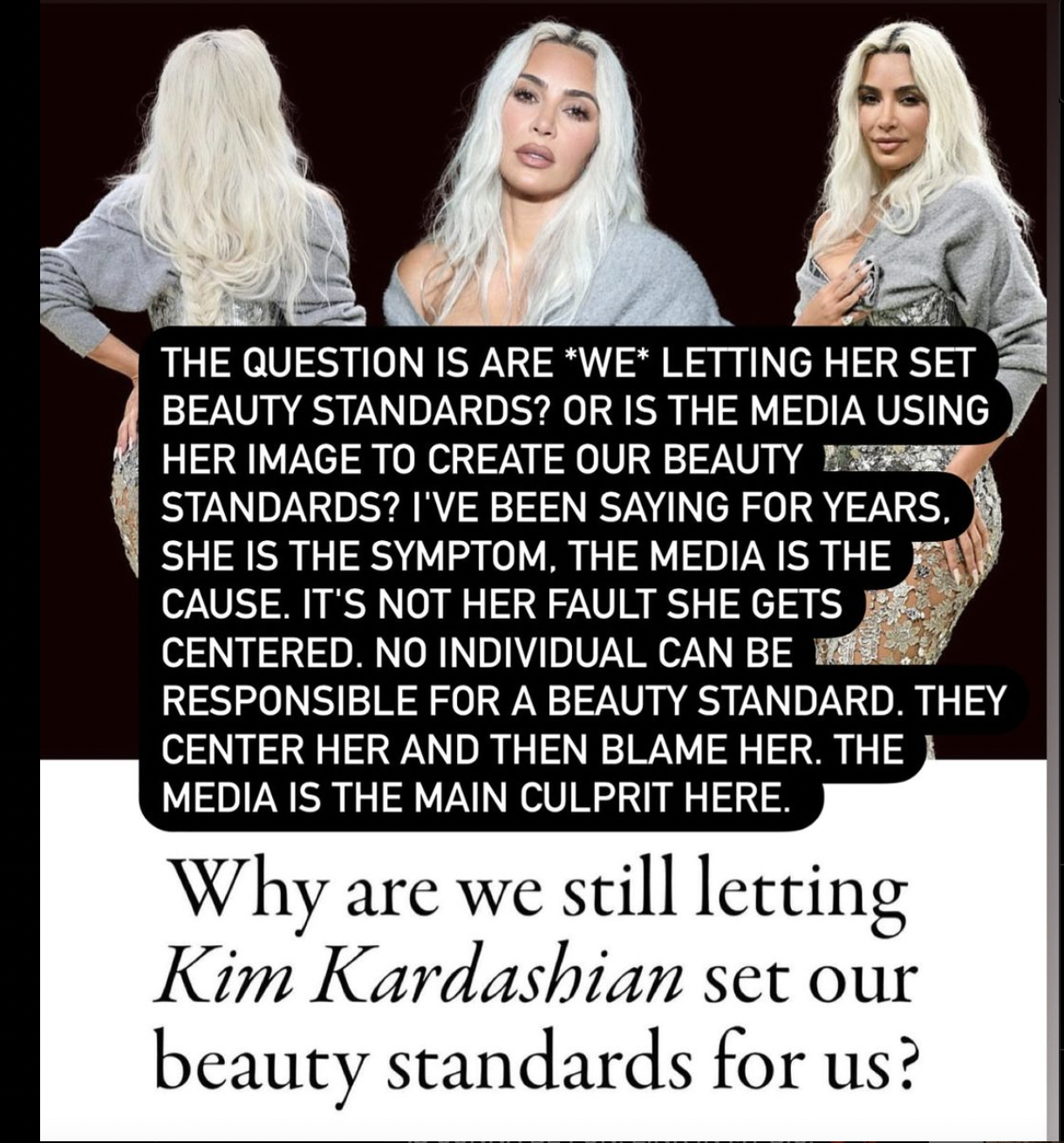SHEIN: Is the Real Cost of Your Cheap Wardrobe Worth It?
In August 2023, the fast fashion online retailer SHEIN partnered with retailer Forever 21 and its parent group Sparc in what would reportedly ‘broaden the reach’ of both businesses. It basically saw Forever 21’s parent company sell one-third of its stake to Shein. And, for those who care about the environment and sustainability, this prompted considerable concern online.
According to Fortune, this was a ‘loss for the environment,’ while sustainability-led outlet Impakter suggested that the partnership was ‘troubling’. Although both retailers operate in clothing, Forever 21’s parent company is also linked to real estate businesses called Simon Group and Authentic Brands Group.
According to a statement from SHEIN’s chairman Donald Tang about the business move: “The powerful combination of Simon’s leadership in physical retail, Authentic’s brand development expertise, and Shein’s on-demand model will help us drive scalable growth and together make fashion more accessible to all.” And therein lies the concern — even Shein’s chairman acknowledged that the ultimate goal is expansion — and we’re talking about fast fashion expansion.
Why is fast fashion ‘troubling’?
Fast fashion first came to fruition at some time in the nineties. It basically manifested from businesses releasing mass-produced clothing inspired by the latest runway looks. It’s produced quickly and affordably, usually in developing countries, before being shipped to places like the UK and the US. The speed at which these items are produced tends to mean that quality is often sacrificed for the demand among shoppers to wear the latest looks.
The fashion industry has also been identified as one of the biggest polluting industries on the planet. Yes, that means it's up there with oil and mining. And over the last few years, many have suggested that fast fashion is one of the most significant areas to blame.
There are a lot of reasons why fast fashion isn’t necessarily good for the environment. According to the Ellen MacArthur Foundation, the equivalent of a rubbish truck of clothes is burnt or buried in a landfill EVERY SECOND. Given that many fast fashion garments are made from cheap materials such as polyester, these microfibers don’t disappear but instead pollute our environment.
With the knowledge that fast fashion is typically produced much cheaper, many people will bulk-buy orders and return clothes that don’t fit. Other articles have suggested that some of these items will even get sent straight to landfill instead of being re-sold. So we’re talking, manufacturing, packaging, shipping — and then it is shipped back for it never actually to be worn by anyone. While we’re not saying that this is something that SHEIN or Forever 21 are responsible for doing, it’s important to recognize that these things have been identified as happening in the wider industry.
When you add Forever 21 to the mix, things get complex. The high-street retailer appears to take its social responsibility seriously and has made several commitments to the environment. However, some argue that it still promotes a fast fashion model of throw-away culture through cheap prices and the use of synthetic materials.
The wider fashion industry’s response to fast fashion
Let’s be clear here, this isn’t necessarily indicative of the entire fashion world. And, brands are really trying to listen to their consumers and have a growing sustainable awareness.
Brands like Stella McCartney and Patagonia are a clear example. They’ve demonstrated that you can mix style with sustainability and still have shoppers who love your brand. Stella McCartney, for instance, has emerged as a trailblazer in sustainable materials by using things like grape-based leather and recycled cashmere. Patagonia, similarly, has a robust plan in place to address sustainability and social responsibility when it comes to their products.
Obviously, the price points between brands like Stella and their leading fast fashion counterparts are quite different. If anything it points to a real need for more sustainable material options that are also affordable — and this unfortunately is still a work in progress.
Is fast fashion really worth it?
We’re yet to see the reality of what this partnership means for the businesses involved as well as the wider environment. However, the reality is that the wider concerns about the fast fashion industry are loud and clear. Promises by fast fashion brands about taking sustainability seriously will likely fall on deaf ears if mass production and consumption are still embedded at the heart of business decisions.
And, this is where shoppers come in. You, the consumer, play a crucial role in driving change by making more informed purchases. You can do this by prioritizing quality and longevity over quantity and supporting brands that align with ethical and sustainable values rather than being inspired by whatever the latest reality star is plugging on their social media platform. You can do this by supporting local charity stores - where you’ll probably find countless items that have been worn once and then donated to a better cause. Clothes swaps, thrift stores — the list goes on.
At the heart of it all is the idea that all these brands rely on the support of their shoppers to operate. When customers make a conscious effort to spend money on clothing manufactured responsibly and sustainably, it sends a powerful message to companies about the kinds of practices they wish to support. This consumer-driven demand can, in turn, encourage more companies to adopt ethical, transparent, and sustainable business models.
Do you factor in sustainability when shopping for your clothes? Let us know!






